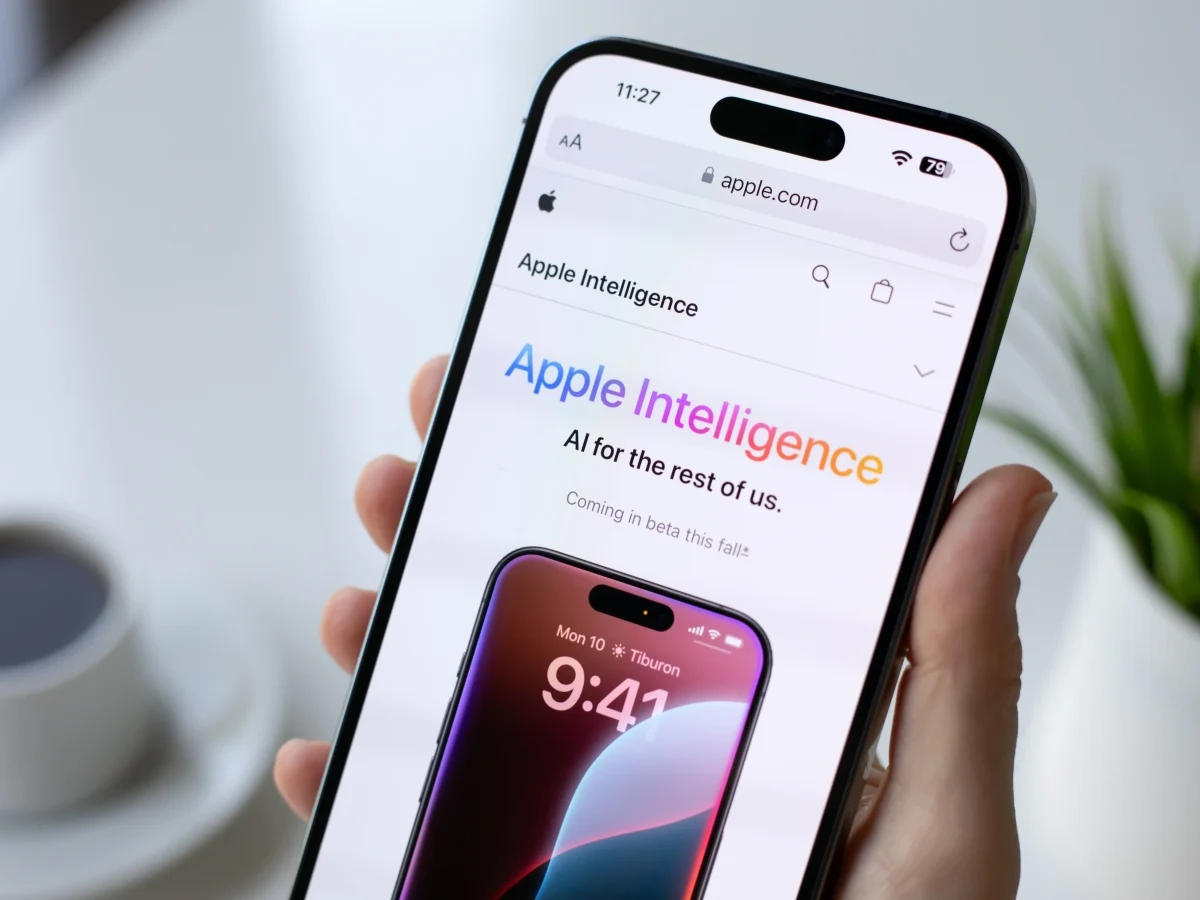“Google has unveiled three new ‘open’ generative AI models, claiming they are safer, smaller, and more transparent than most, marking a bold assertion in AI development”
In May, Google introduced its Gemma 2 family of generative models, which includes these new models. The Gemma 2 2B, ShieldGemma, and Gemma Scope are new models for slightly distinct applications and use cases. However, they all share a safety focus.
The Gemma series of models from Google differs from its Gemini models in that the source code for Gemini is unavailable. Google’s products utilize Gemini and are also accessible to developers. In contrast, Gemma is Google’s endeavor to cultivate goodwill within the developer community, much like Meta does with Llama.

Gemma 2 2B is a compact model that can be implemented on various hardware, such as laptops and peripheral devices, to generate and analyze text. It is licensed for specific research and commercial applications. It can be downloaded from sources such as Google’s Vertex AI model library, the data science platform Kaggle, and Google’s AI Studio toolkit.
ShieldGemma is a collection of “safety classifiers” that are designed to identify toxicity, including sexually explicit content, harassment, and hate speech. ShieldGemma, which is constructed on top of Gemma 2, can filter prompts to a generative model and the content that the model produces.
Finally, Gemma Scope enables developers to “zoom in” on specific points within a Gemma 2 model, rendering its interior workings more comprehensible. Google describes it in a blog post as follows: The dense, complex information processed by Gemma 2 is expanded into a simpler form to analyze and understand by Gemma Scope, composed of specialized neural networks.
By examining these expanded views, researchers can acquire valuable insights into how Gemma 2 identifies patterns, processes information, and makes predictions.
The new Gemma 2 models were released shortly after the U.S. Commerce Department endorsed open AI models in a preliminary report. The report emphasized the necessity of the ability to monitor such models for potential hazards, as well as the fact that open models expand the availability of generative AI to smaller companies, researchers, nonprofits, and individual developers.



